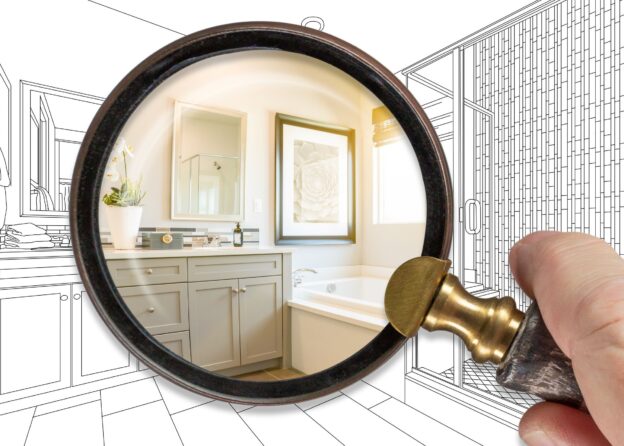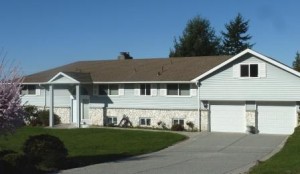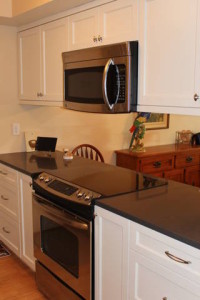Whether planning a small home improvement or a large-scale remodel, cost is always an important consideration. It is important to know what you can expect to recoup from that investment when the time comes to sell your home.
According to the 2022 Cost vs. Value Report (www.costvsvalue.com), following are the top five projects in Seattle expected to bring the most value at resale. Download the free report to see all 22 featured projects and a more in-depth scope of work. Input your zip code for details that more closely resemble those projects in your neighborhood.
Garage Door Replacement
According to the Cost vs.Value Report, replacing the garage door tops the list with a potential 99% return on investment. This is up slightly from 98% in 2021.
It includes the replacement of an older garage door and tracks with a new, four-section, insulated, high-tensile steel door, with lifetime warranty. Includes new heavy-duty galvanized steel tracks (reusing existing motorized opener), factory-applied paint, thermal panel seals, insulated windows in the top panel, galvanized steel hinges, and ball-bearing urethane rollers.
Average cost $4,130 (up from $4,068 in 2021).
Average resale value $4,088.
Manufactured Stone Veneer
The second project with the highest possible return includes adding a stone veneer accent to the front of the home. This relatively modest investment can dramatically change the exterior and increase curb appeal.
At a significant potential return of 92.1%, this upgrade has great value. The example includes removing 300 square feet of vinyl siding from the entire bottom third of the front of the home. Replace with a manufactured stone veneer, two layers of water-resistant barrier over bare sheathing, corrosion-resistant lath and fasteners, and a ½ inch mortar scratch coat and setting bed. Outline arched entry.
Average cost $11,755 (up from $11,265 in 2021).
Average resale value $10,831.
Siding Replacement (vinyl)
Upgrading your home with with new vinyl siding rates as the third highest value investment. This improvement could yield a return as high as 87.2%. It includes replacing 1250 square feet of siding with factory trim around openings and at corners.
Another popular siding product is fiber-cement. Coming in just slightly below vinyl it still carries a significant 84.6% return. The example includes the same specifications as above in addition to being factory primed and painted before installation.
Average cost $21,608 (up from $19,620 in 2021).
Average resale value $18,847 – Vinyl.
Average cost $25,601 (up from $23,240 in 2021).
Average resale value $21,663 – Fiber-cement.
Minor Kitchen Remodel – Midrange
Coming in at number four is a modest remodel of a 200 square foot kitchen that is currently functional but in need of cosmetic updates.
Leaving the cabinet boxes intact it includes replacing the cabinet and drawer fronts with shaker style wood panels and new hardware. Replace laminate countertops, sink, faucet, flooring. Paint ceiling, walls and trim. Replace cook top/oven range and refrigerator with new energy-efficient models.
Being careful to stay within a modest budget this type of remodel could yield an 86.8% return.
Average cost $30,942 (up from $29,183 in 2021).
Average resale value $26,845.
Window Replacement (Vinyl)
We all know how important first impressions can be. It’s no wonder that four of the five top improvements all enhance a home’s street appeal.
The last, but not least improvement includes replacing ten, older 3×5 double-hung windows. New windows are insulated, low-E and include simulated-divided-light panes and custom exterior paint finish. Exterior trim to match existing; interior trim is not disturbed.
This upgrade is expected to bring an 86.6% return on investment.
Upgrade from vinyl to wood windows with the same specifications as above and see just a slightly less return at 83.5%.
Average cost $21,698 (up from $20,788).
Average resale value $18,798 – Vinyl
Average cost $25,407 (up from $24,539).
Average resale value $21,207 – Wood
“©2022 Zonda Media, a Delaware corporation. Complete data from the 2022 Cost vs. Value Report can be downloaded free at www.costvsvalue.com.”










